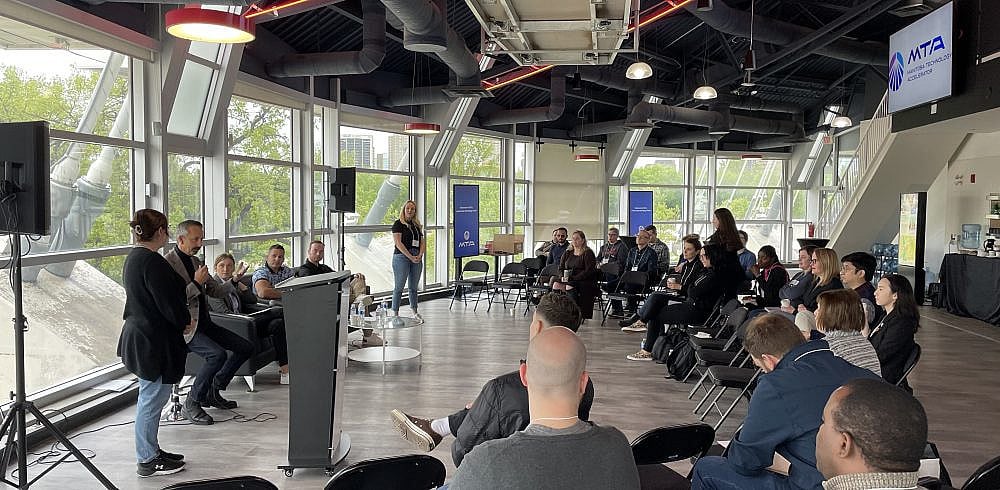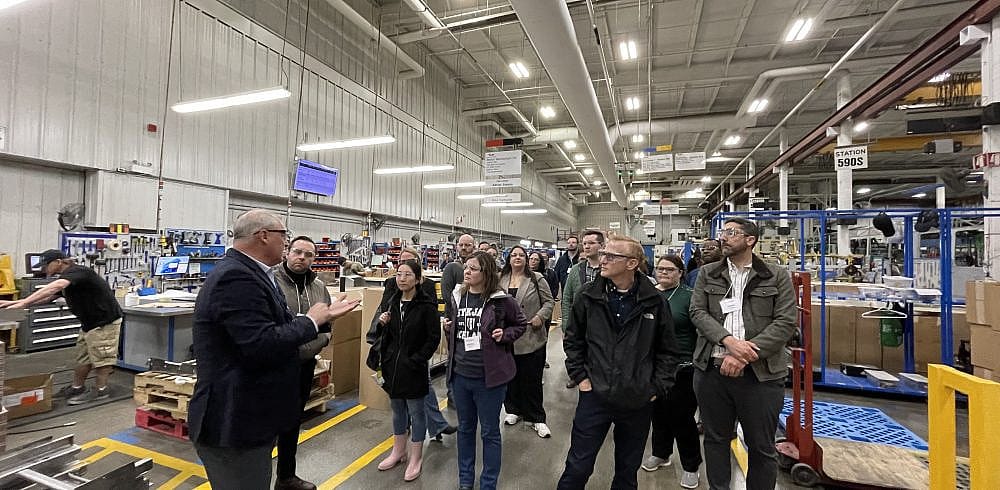Post contributed by: Candace Synchyshyn, CPHR Candidate
While every people leader likely describes their role somewhat differently, some of the most popular definitions of leadership are those that focus on “what could be” instead of “what is now” by centering on identifying and developing potential.
The task of cultivating potential can be challenging even when all parties are in close contact; working remotely and without consistent visibility can make it even more difficult. But leaders also shouldn’t underestimate their own potential! By remaining intentional, thoughtful, empathetic and outcome-centric, leaders can continue to effectively develop themselves and their teams.
1. Intentional
Leaders must first understand that communicating well is not about the number of connections you have but the value of those connections. It’s harder for these mutual connections to bloom between leaders and their teams when they’re not sharing the same space. As such, leaders must be intentional about making time for and exploring methods of establishing connection in new and flexible ways.
It’s also important to understand that effective leadership isn’t “one size fits all” – what one team member sees as a vital support may be a frustration to another. Ask them what they need and be open to course correcting as you experiment with a new routine together.
Whether it’s committing to pulse checks, establishing regular video chats or booking time for a socially-distanced coffee, it’s easier to build on an already-strong foundation than attempt to start from scratch. If intentional and meaningful communication isn’t already in your leadership playbook, now’s the time to give it some thought.
2. Thoughtful
One of the surprising evolutions that many leaders and their teams have noticed over the past several months is the increased authenticity of conversations as everyone navigates 2020 together. Nowadays, asking “how are you doing?” will often elicit more than just a knee-jerk polite response.
While it’s crucial to respect individual boundaries, leaders have a responsibility to be thoughtful in their check-ins with employees and make sure they’re discussing not only work but also how they’re managing working in a remote environment and handling the many changes and feelings that new ways of working and living can elicit.
3. Empathetic
While we’re all navigating 2020 together, each of our circumstances can be vastly different. Whether team members are juggling child care, determining creative ways to stay in touch with at-risk family members, working through their own isolation or anxiety, or feeling lost in making decisions that feel more significant than ever, leaders must strive for patience and understanding above all else.
Even if the struggles our employees face are unfamiliar to our own lives, we must be empathetic and seek to understand their unique perspectives to best determine how we can help them grow and develop to their own potential. Encourage employees to take ownership of identifying the workarounds or accommodations that would suit them best – after all, they know their own circumstances better than any leader possibly could – and then work together to implement those changes as seamlessly as possible.
4. Outcome-Centric
Working remotely has inspired a major shift in how we work… and how we think about work! When leaders can’t see employees clocking in and out, they need to feel confident in trusting their employees to remain engaged and serve their role to the best of their abilities.
To get comfortable with this mindset-shift, leaders should first identify the desired outcomes to which each employee should be contributing. What’s reasonable? What’s mandatory? Once that’s been determined, focus on what’s getting done as opposed to how and when it’s getting done. While this may be easily assessable in some roles (for example, roles where a tangible item is produced), it may be less so in others; in the case of the latter, identify other standards and metrics to evaluate success.
As long as leaders remain open and flexible in their own methods, there’s no reason that a future-focused definition of leadership should be out of reach – even when we’re apart.
About the author: Candace Synchyshyn, CPHR Candidate, is the Manager of Human Resources at Payworks. Candace has spent the last five years partnering with employees to support and guide them as they realize success. She fosters trust through transparency, leveraging employees’ strengths and identifying opportunities for growth.





